Bus Rapid Transit
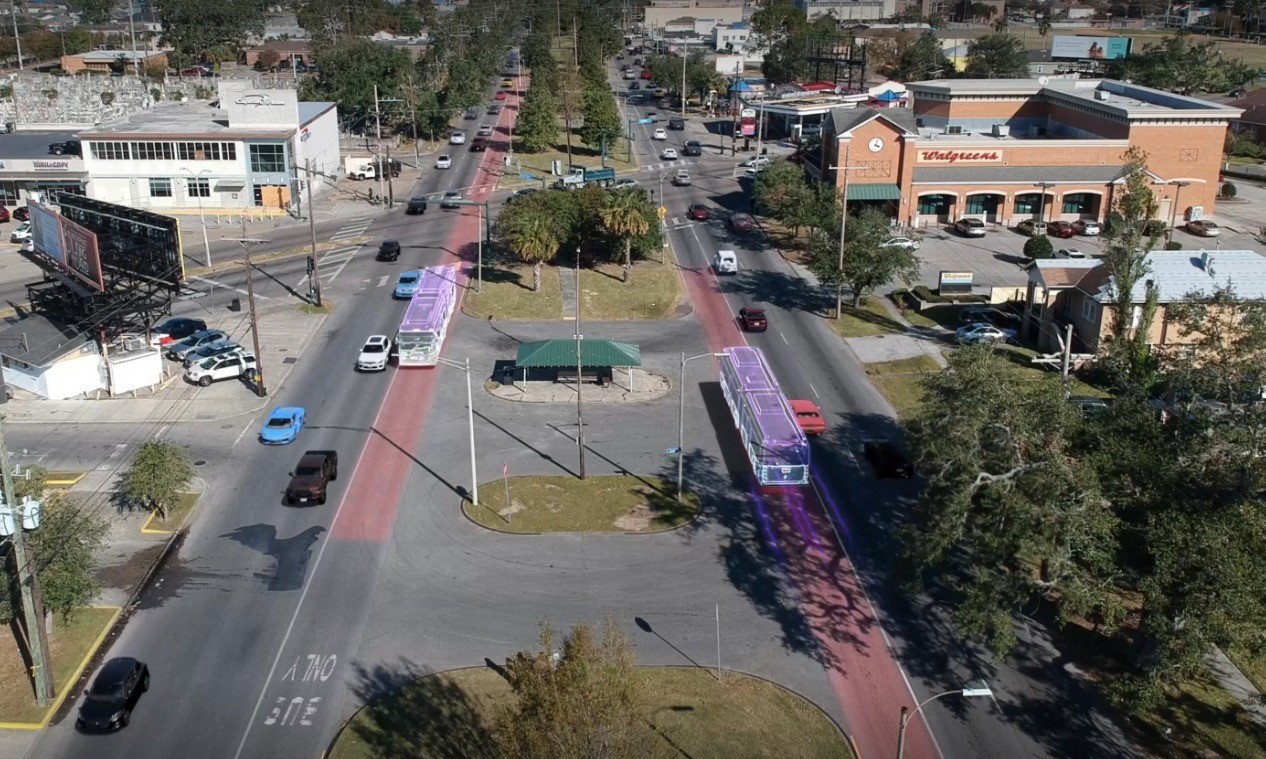
Introducing Bus Rapid Transit (BRT)
RTA is excited to introduce a new way to roll in New Orleans with Bus Rapid Transit (BRT) service. BRT is a different type of public transportation that provides a fast, efficient, and reliable way to move through the city. BRT service operates like rail service but utilizes modern busses to keep costs down, enabling us to more quickly offer this service to our region’s residents. See more about how BRT works here.
With BRT, the RTA will be able to:
BRT is an investment that makes business sense, as well - young adults want to live and work in communities with good options to walk, bike and take transit. The business community sees transit as a critical infrastructure investment to retain, grow and attract businesses and people
BRT Service Features
Riding a BRT line is similar to riding light rail transit service, such as:
-
- Roadway improvements that allow BRT vehicles to operate reliably and avoid traffic congestion, based on the need in that roadway
- Technology that allows BRT vehicles to move more quickly through traffic signals
- Stops spaced around ½ mile – 1 mile apart, so that vehicles can pick up speed between stops and move quickly throughout the city
- Pre-paid boarding to make vehicle boarding as quick as possible, minimizing the time spent at stops
- Stops that feature raised boarding platforms that match vehicle heights, so it’s easier and quicker to board for all passengers
-
- Frequent arrivals (15 minutes or less), 7 days a week – the BRT will provide good trip options throughout the day, night and on weekends
-
- Connects more people to places using an affordable transit option, providing equitable transportation choices to meet communities’ needs
- Enhances service for those current transit riders who need it most and expands RTA’s ability to meet travel needs for the region
- Responds to population changes and lessens the travel burden for those households who have located to places like New Orleans East because of the greater affordability in this area.
- Encourages investment in neighborhoods receiving BRT service
- Supports a sustainable and healthy community by lowering greenhouse gas emissions
RTA's BRT Route
The proposed BRT route will start at the Lake Forest Library Hub in New Orleans East, travel via Lake Forest Boulevard, Gentilly Boulevard, Elysian Fields Avenue and Claiborne Avenue to reach the Main Library Hub. The route will use Poydras Avenue and S Peters Street to access the Crescent City Connection. Once in Algiers, the route will end at the RTA Park & Ride Facility near Wall Boulevard and General de Gaulle. Click here to view the proposed route and possible station locations. The draft BRT feasibility report provides more information on how the RTA arrived at this proposed route.
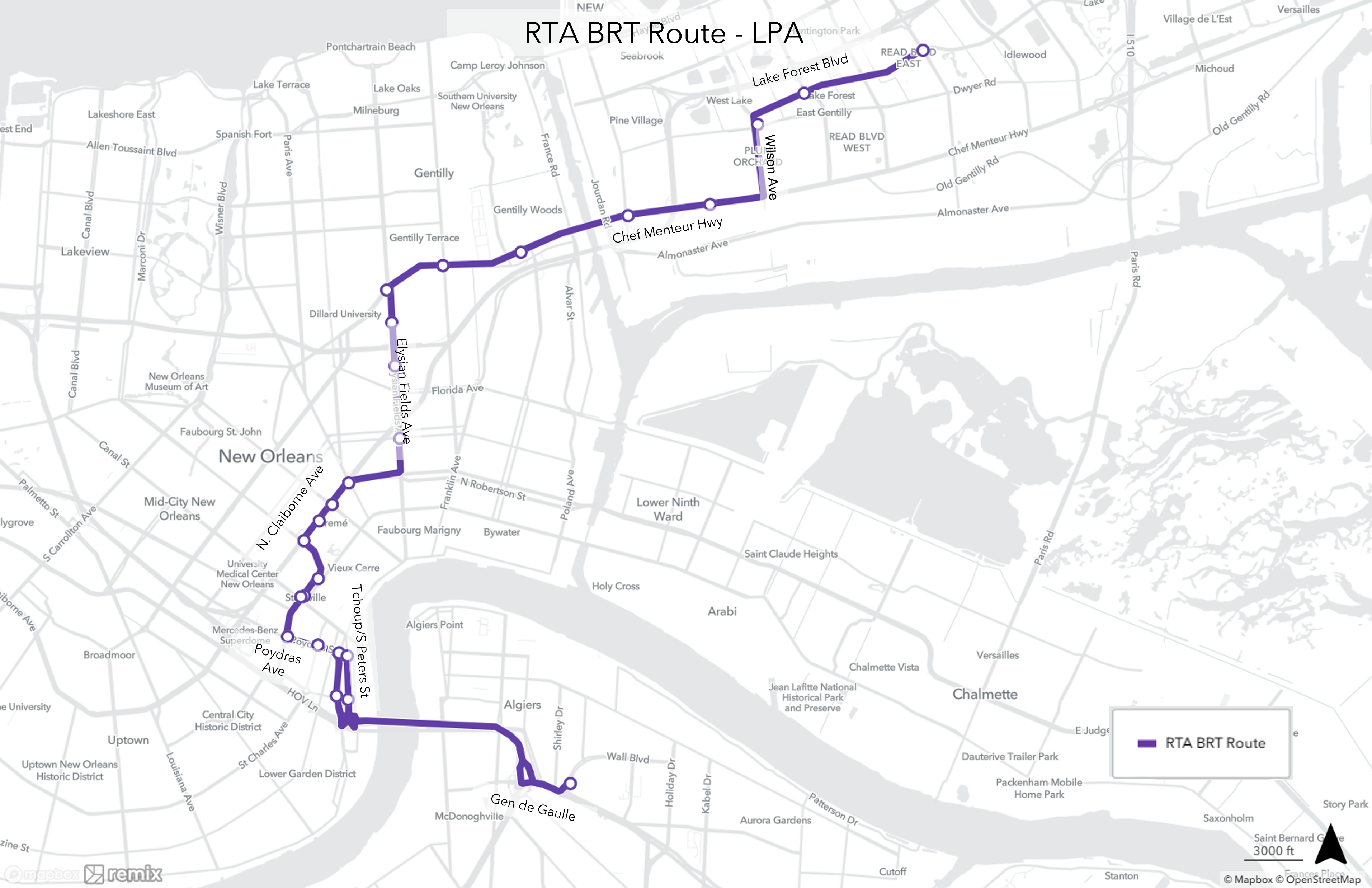
Next Steps
RTA is in the initial planning stages of the BRT project. The full timeline is shown below.

BRT Resources
Kick Off Meeting Slides
BRT Community Advisory Committee Meeting 1 | January 25-27, 2022
Meeting 1 Slides
Meeting 1 Notes
BRT Community Advisory Committee Meeting 2 | April 4-6, 2022
Gentilly/7th Ward | April 4, 2022
Meeting 2 Slides - Gentilly/7th Ward
Meeting 2 Notes - Gentilly/7th Ward
Algiers | April 5, 2022
Meeting 2 Slides - Algiers
Meeting 2 Notes - Algiers
New Orleans East | April 6, 2022
Meeting 2 Slides - New Orleans East
Meeting 2 Notes - New Orleans East
More Info
The BRT feasibility study began in September 2021 and will evaluate a corridor connecting New Orleans East to the Central Business District and on to the West Bank. The study is expected to be completed in December 2022, with several planned opportunities for input from the public and project stakeholders.
- Develop BRT Standard: Completed
- Develop Route Alternatives: January - December 2022
- Adopt Preferred Route Alternative: February 2023
- Financing Strategy: July-August '23
- Preliminary Corridor Design (15%): 2024
Coming soon!
New Orleans BRT renderings
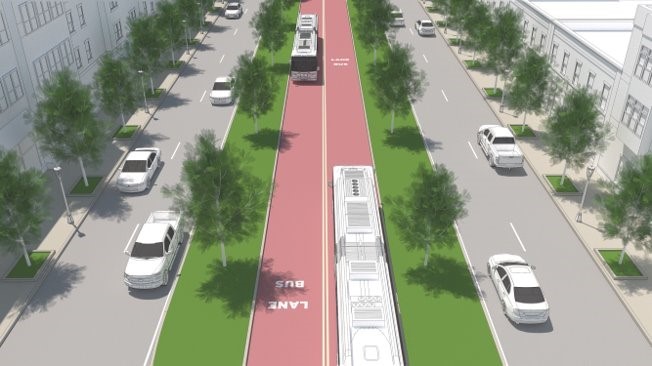


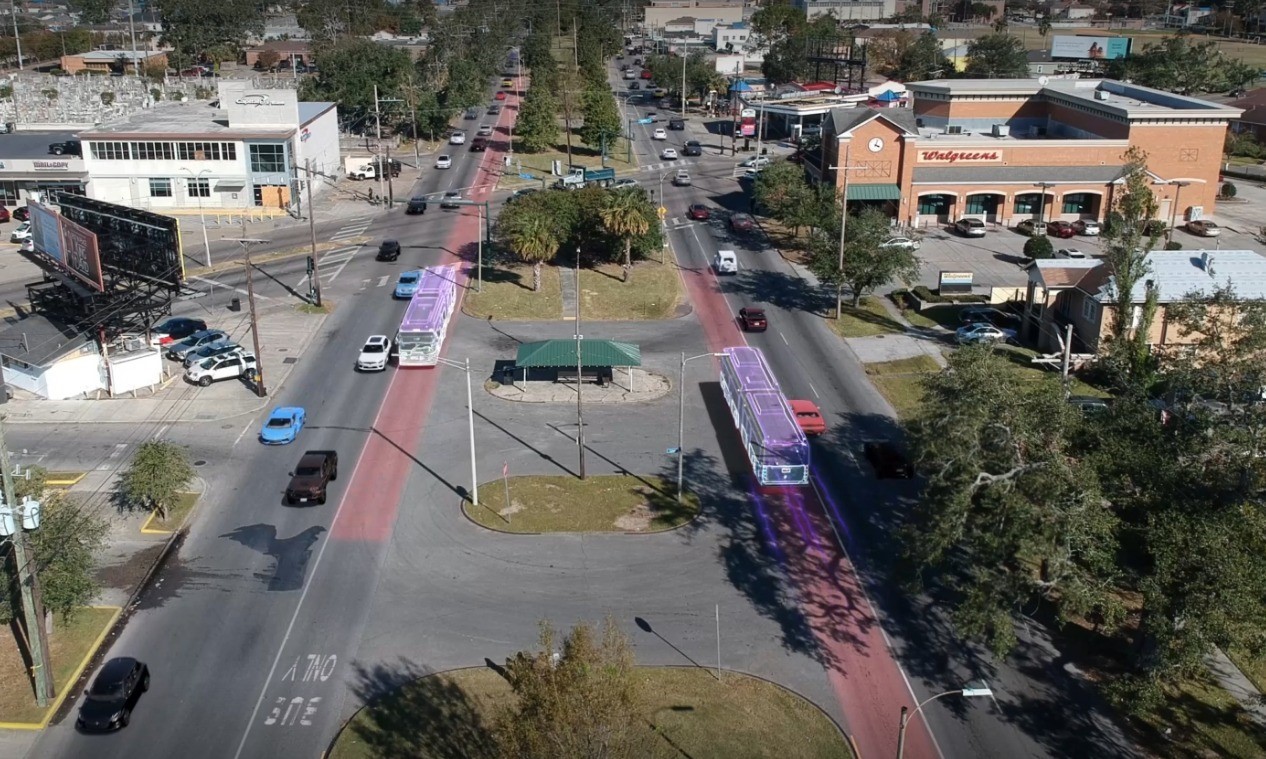
BRT in Kansas City, Missouri
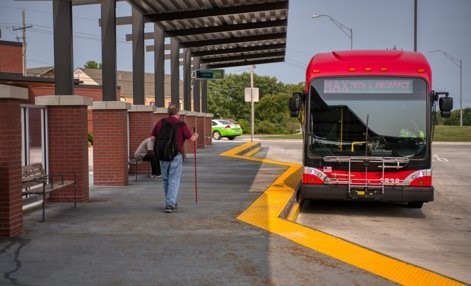
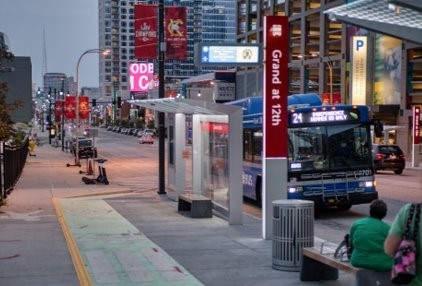
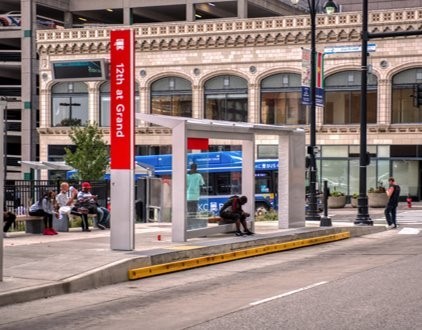
BRT in Albuquerque, New Mexico


BRT in San Francisco
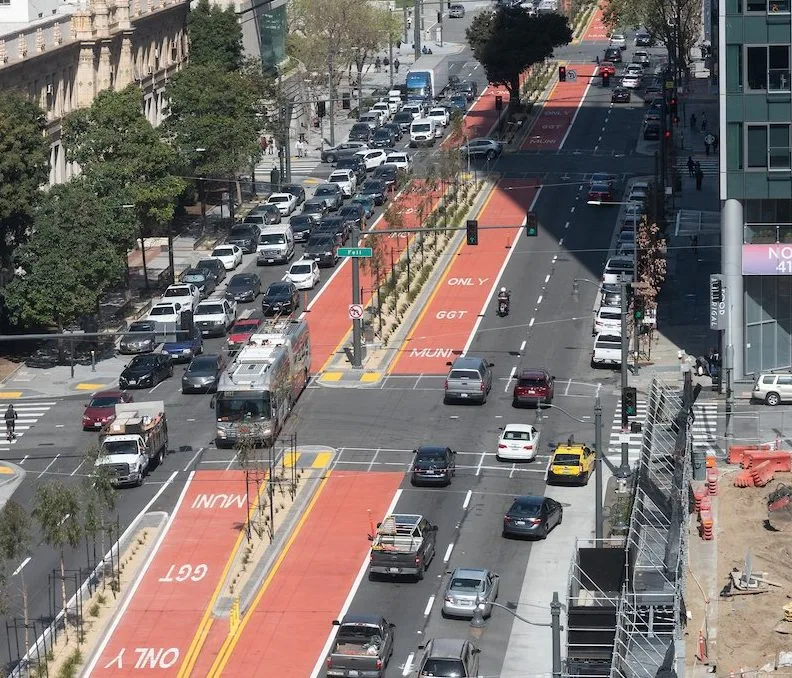
BRT in Richmond, Virgina


